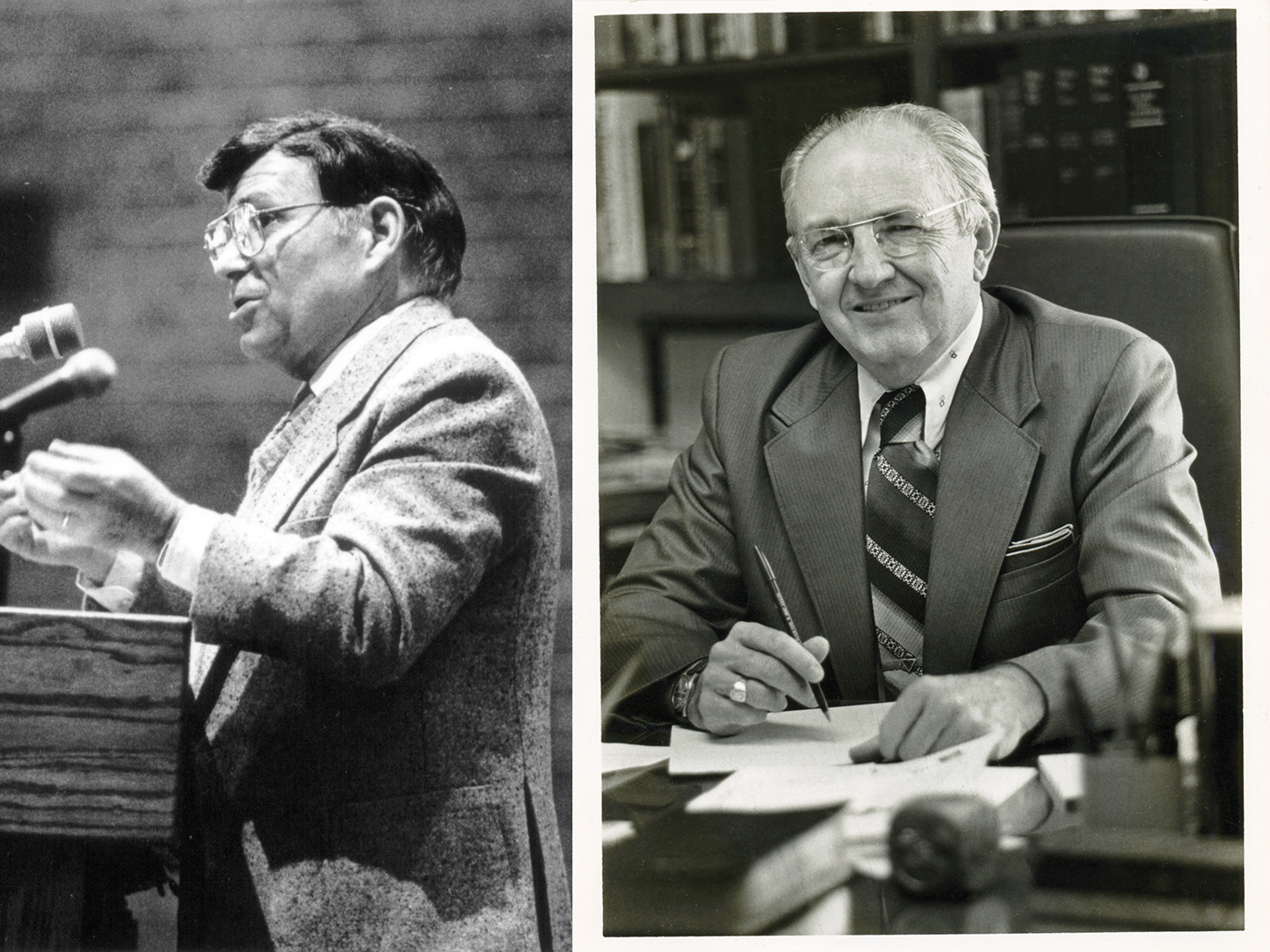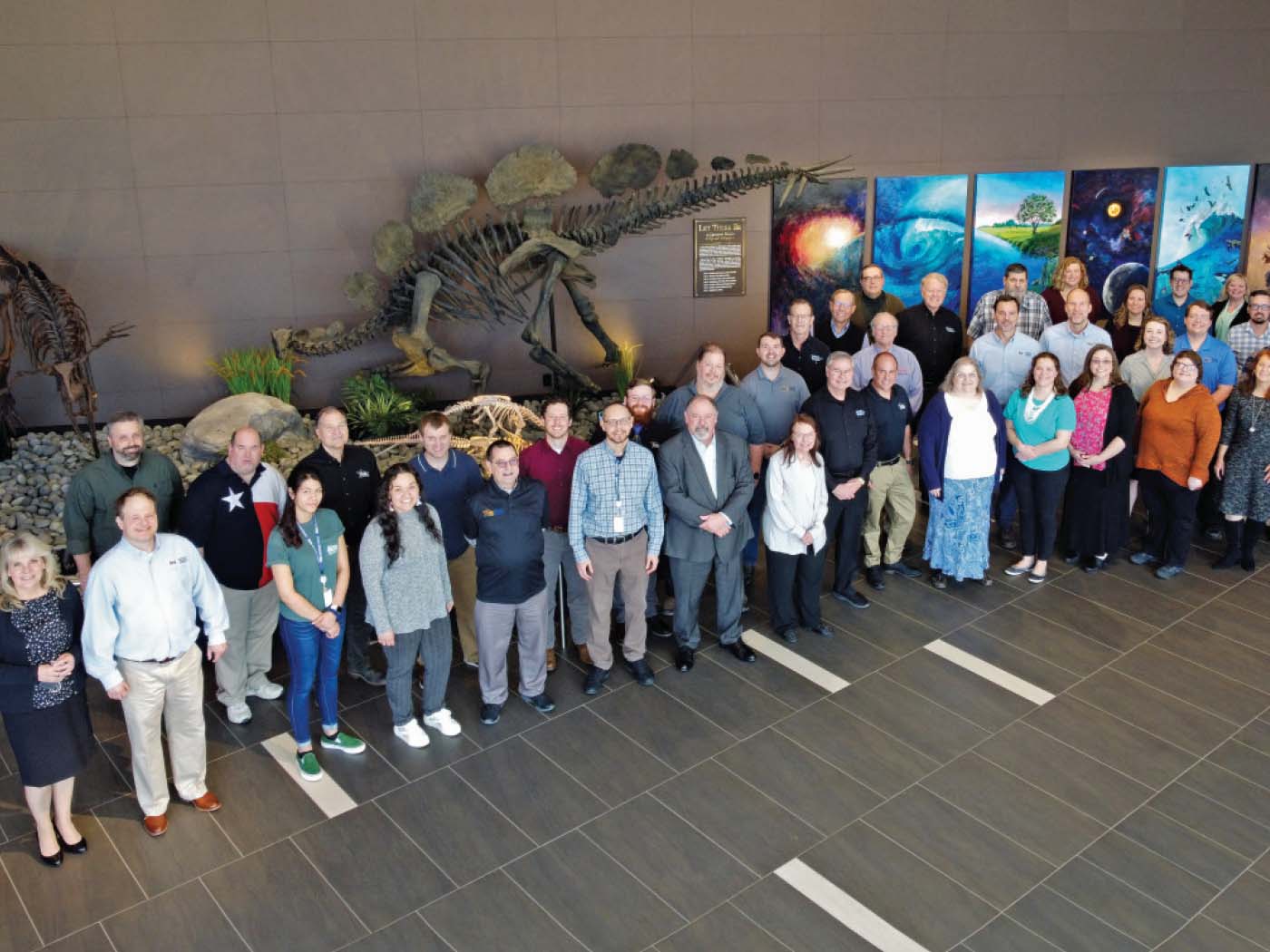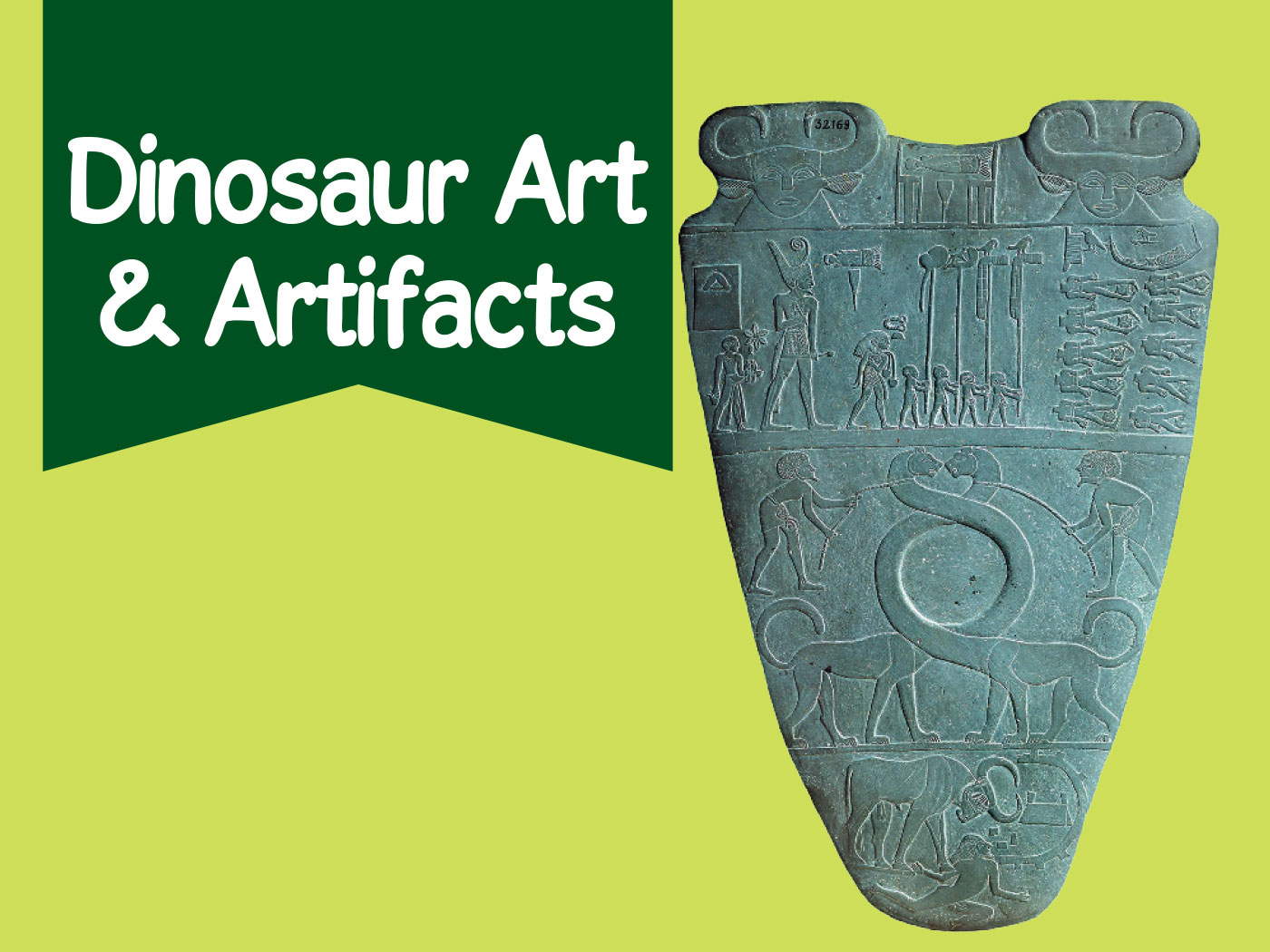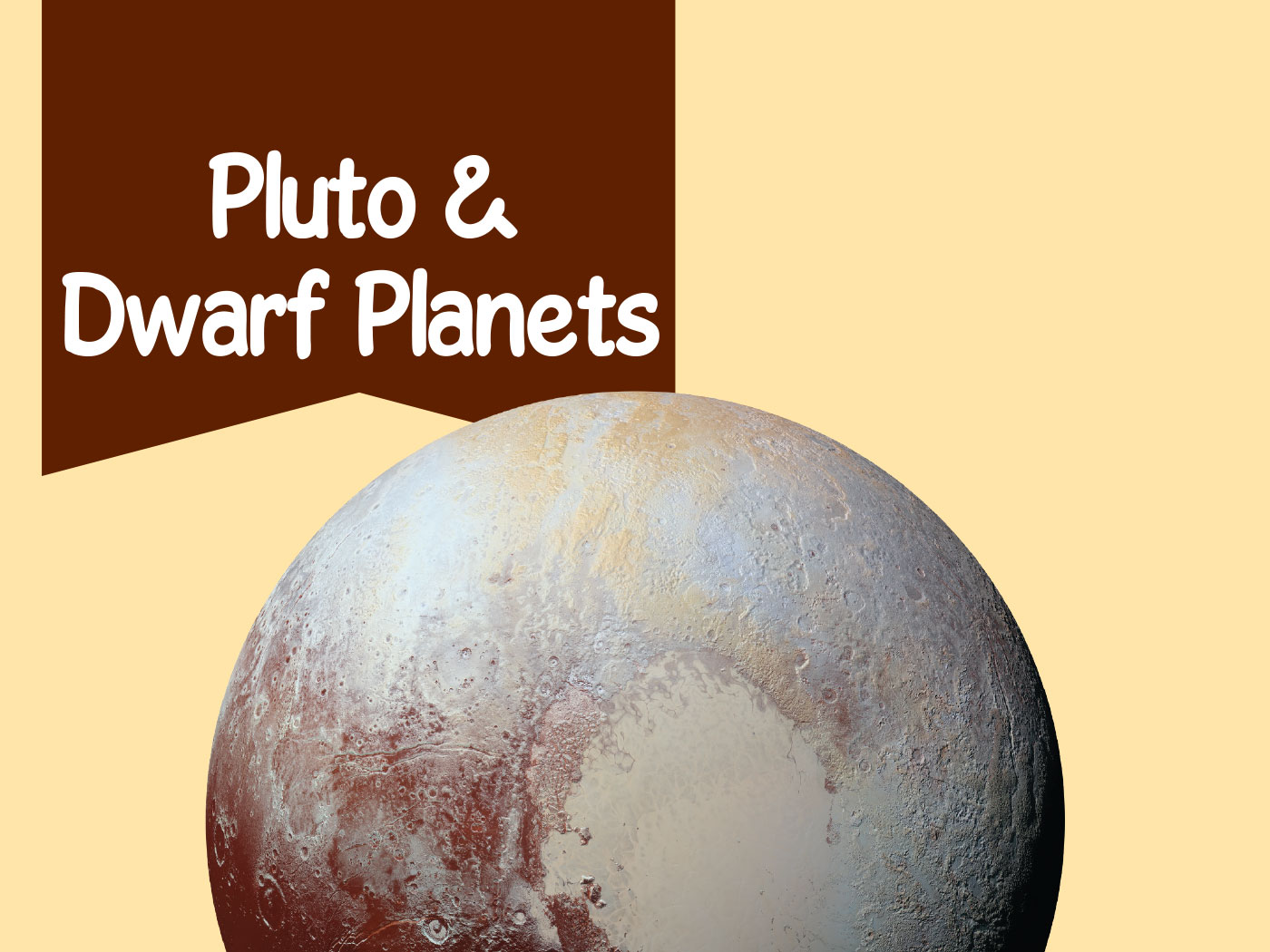The amazingly designed pump we call the heart has made evolutionary news recently.
Ffion White of Swansea University in Wales recently stated in an article on heart architecture that, “Despite humans and non-human great apes having a common ancestor, the former has evolved larger brains and the ability to walk or run upright on two feet to travel long distances, likely to hunt.”1 What was not said is that the common ancestor2,3 has never been found, and creationists predict it never will be found.
White also stated, “An international research team from Swansea University and UBC Okanagan (UBCO) [Canada] has uncovered a new insight into human evolution by comparing humans’ hearts with those of other great apes.”1
What specifically was discovered in this heart research? “Bryony Curry, a Ph.D. student in the School of Health and Exercise Sciences at UBCO, said, ‘The left ventricle of a healthy human is relatively smooth, with predominantly compact muscle compared to the more trabeculated, mesh-like network in the non-human great apes.’”1
Curry et al. in Nature then added an evolutionary interpretation of these differences,
We present compelling evidence that the human LV [left ventricle] has diverged away from a more trabeculated phenotype present in all other great apes, towards a ventricular wall with proportionally greater compact myocardium, which was corroborated by post-mortem chimpanzee (Pan troglodytes) hearts.4
But the left ventricle of people and apes are different, not due to cryptic, undocumented divergence but because apes and people were created differently.
White quoted Curry as saying,
“We found that the degree of trabeculation in the heart was related to the amount of deformation, rotation and twist. In other words, in humans, who have the least trabeculation, we observed comparatively greater cardiac function. This finding supports our hypothesis that the human heart may have evolved away from the structure of other non-human great apes to meet the higher demands of humans’ unique ecological niche.”1 (emphasis added)
Creationists recognize that heart anatomy and physiology is specially designed by the Lord Jesus for each major zoological group: people, fish, apes, reptiles, chimps, mammals, amphibians, etc. In regard to the mammal record, God created the wide variety of mammals to move in and fill various ecological niches, including the ocean, atmosphere, and land.
Curry et al. state, “Although the gross morphology of the heart is conserved [unevolved] across mammals, subtle interspecific variations exist in the cardiac phenotype, which may reflect evolutionary divergence among closely-related species [emphasis added].”4
But is this variation due to evolutionary divergence or the animal’s innate ability to move in and fill a multitude of ecological niches? Clearly, it is not surprising that “heart shape varies considerably across species, from broad and flat in whales to long and narrow in terrestrial ungulates”4 since God has designed mammals to fill unique areas of the sea and land.
The research scientists deny the creation account and turn to vague, undefined evolutionary explanations involving ethereal selective pressure and an unknown ancestral heart.
Dr. Aimee Drane, Senior Lecturer from the Faculty of Medicine, Health & Life Sciences at Swansea University, said, “In evolutionary terms, our findings may suggest selective pressure was placed on the human heart to adapt to meet the demands of walking upright and managing thermal stress.
“What remains unclear is how the more trabeculated hearts of non-human great apes may be adaptive to their own ecological niches. Perhaps it’s a remaining structure of the ancestral heart....”1 (emphasis added)
In addition to bipedalism and larger brains, White listed other unique traits found in people:
A human’s larger brain and greater physical activity compared to other great apes can also be linked to higher metabolic demand, which requires a heart that can pump a greater volume of blood to the body.
Similarly, higher blood flow contributes to humans’ ability to cool down, as blood vessels close to the skin dilate—observed as flushing of the skin—and lose heat to the air.1
Exactly. Such physical traits are what set people apart from the great apes. Could it be that the internal lining of the left ventricle of man and ape is just one more of these many differences?
Man was created in God’s image thousands of years ago, with no evolutionary links to the animal kingdom. Evolutionists vainly attempt to make people just highly evolved primates, but their research continues to reveal the growing list of insurmountable differences between the two.
References
- Ffion White. Study on architecture of heart offers new understanding of human evolution. Swansea University. Posted on phys.org June 14, 2024, accessed June 14, 2024.
- Tomkins, J. 2023. Human-Chimp DNA Similarity Research Refutes Evolution. Acts & Facts. 52 (10): 8.
- Rupe, C. and J. Sanford. 2017. Contested Bones. FMS Publications.
- Curry, B. et al. 2024. Left ventricular trabeculation in Hominidae: divergence of the human cardiac phenotype. Nature. 7, article 682.
* Dr. Sherwin is a science news writer at the Institute for Creation Research. He earned an M.A. in invertebrate zoology from the University of Northern Colorado and received an honorary doctorate of science from Pensacola Christian College.
















